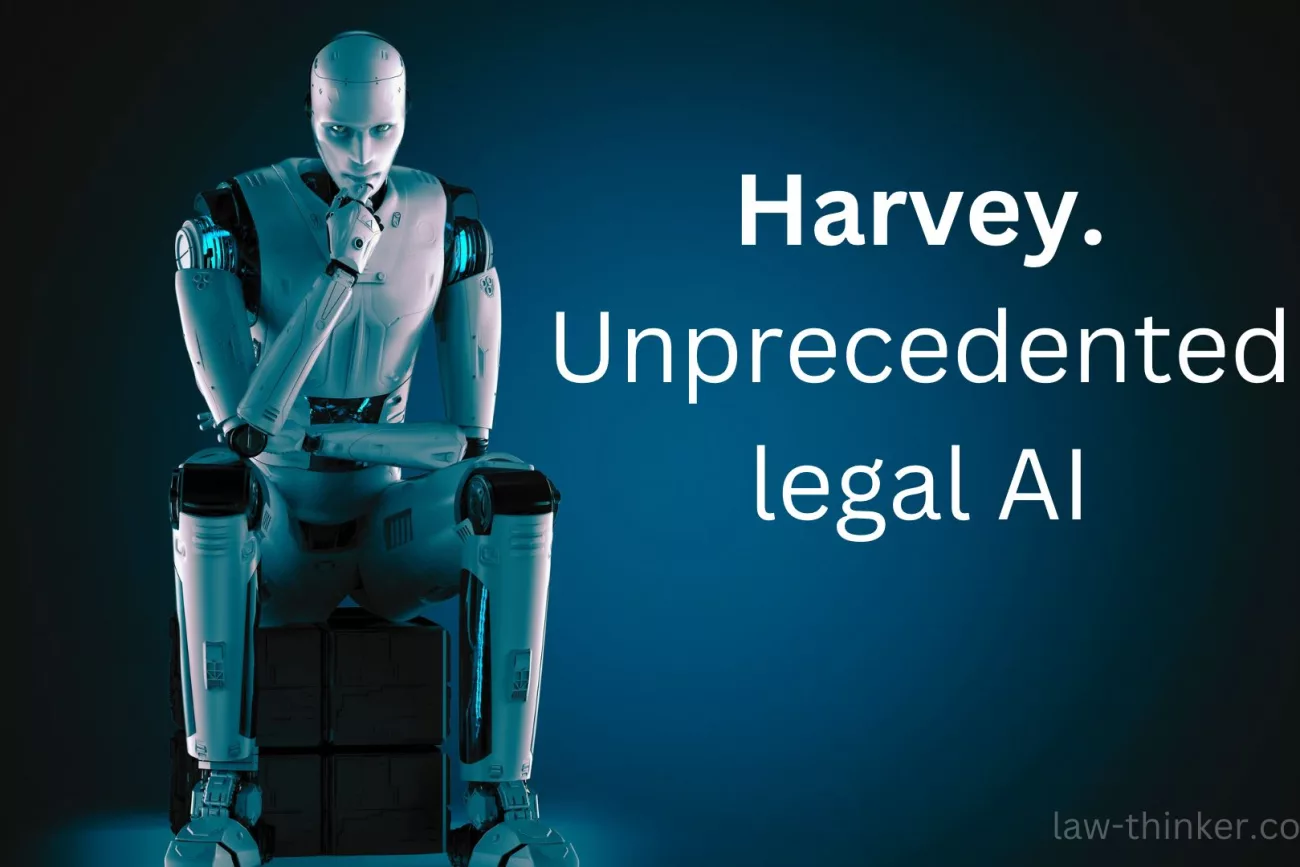
Key Points:
- Assess your organization’s AI landscape and understand the potential impact of new AI regulations.
- Define AI systems within your organization, focusing on autonomy and potential broad definitions.
- Conduct thorough AI impact/risk assessments, using GDPR’s DPIAs as a starting point.
- Develop AI-specific policies and procedures, incorporating AI contractual measures and focusing on the 7 core components of AI compliance.
Check your AI landscape to see if you are on solid ground or sinking sand.
Before you can get ready for the onslaught of AI regulations, you need to know how these new rules will affect your business. Don’t let yourself be surprised! Start by learning about the AI Act [1], the suggested rules for AI systems by the European Commission, and other possible laws.Key things to think about when evaluating your current AI situation are:- Figuring out what your part is in the AI ecosystem: Are you making AI systems that can be used for anything, AI systems with a lot of risks, or just AI solutions?
- Taking into account the effects of AI laws on other countries: Will these rules affect more than just your area? [2]
- Taking a look at how different rules might affect your business: How will your AI have to change to fit the new rules?
Describe the AI systems in your company: Don’t get caught in a confusing web.
The term “AI” is extremely broad, and different places may have different ideas about what it means. But autonomy is the main thing that sets AI apart from other software tools [3]. As you get ready for the change in how AI is regulated, make sure you:- Pay attention to how much freedom your AI systems have.
- In new rules, AI will be defined in a very broad way.
- Keep an eye on how AI is defined and grouped around the world. [4]
Do thorough AI impact and risk assessments: this is your way to comply with the rules.
Risk assessments are important if you want to make sure that your company’s AI systems follow the rules and reduce legal and reputational threats. Start by looking at the Data Protection Impact Assessments (DPIAs) that are needed by the GDPR [5] and use them to start figuring out the risks your AI solutions pose.When doing risk estimates for AI, think about the following:- Comparing AI risk assessment requirements with current DPIAs: Who does them, how should they be written up, and when do they need to be reviewed?
- Taking a look at the US regulations that are different for each industry and each state [6]
- Identifying possible legal and social risks, such as consumer protection claims, civil claims, and worries about over-reliance on generative AI outputs [7]
Make rules and procedures that are specific to AI. This is your organization’s AI playbook.
Whether you build your own AI systems or buy them from another company, you need to set up a strong AI control framework. Don’t let your group get caught off guard! Create policies and processes for AI that:
- Explain how AI systems should handle internal rules and risk management.
- Ensure due diligence, evaluate AI tools, and keep an eye on AI solutions. [8]
- Think about how AI models might change over time: A model that works exactly now may not be as good in the future.
Using AI contractual measures to protect your business in the brave new world of AI
When working with third-party AI providers, don’t leave your company open to risk. As the legal environment for AI changes, it’s important to:
- Add terms about AI to your contracts with providers [9].
- Make sure they follow the rules and – Minimize the risks that could come from third-party AI systems
- Set clear goals for the speed, accuracy, and moral use of AI.
Mastering the 7 main parts of AI compliance is the secret to success.
It can be hard to figure out how to get around the complicated world of AI rules. But if you pay attention to these seven core parts, you can make sure your organization is ready for the future and confidently ride the wave of AI regulation change:
- Data Governance: Make sure your data management practices are in line with best practices and legal requirements. [10]
- Ethics and Algorithmic Bias: Commit to developing AI in an ethical way, handling possible biases and promoting fairness [11].
- Risk management: find, evaluate, and deal with the risks in your AI systems [12]
- Accountability: Set up clear roles and ways to keep an eye on the growth and use of AI [13].
- Transparency: Keep AI systems open by explaining how they work and giving reasons for the choices they make. [14]
- Human Oversight: Set up ways for people to keep an eye on AI systems to make sure they stay under control and don’t produce unintended results [15].
- Safety and Security: Make safety and security of AI systems a top priority and protect them from possible threats and weaknesses. [16]
- Stay ahead of the game by taking a proactive approach to AI compliance.
History has shown that companies that voluntarily follow new rules (like GDPR) are better able to deal with future changes on a global scale. If your organization takes a proactive approach to AI compliance, it will not only be ready for the AI regulatory revolution, but it will also improve its image and give it an edge in the market.
In conclusion, the landscape of AI regulations is changing quickly, and organizations need to be ready to change. By taking these seven important steps, you can make sure your organization is ready for the future, comply with new AI laws, and use the transformative power of AI without fear.
So, are you ready for AI to change the way laws are made? Follow this ultimate guide to AI compliance to stay ahead of the curve and help your business thrive in the age of AI.
Frequently Asked Questions (FAQs)
Q. What is the AI Act?
Q. What distinguishes AI from standard software applications?
Q. What are the 7 core components of AI compliance?
Q. Why are AI risk assessments important?
Q. How can organizations proactively prepare for AI regulations?
[1] European Commission: “Proposal for a Regulation of the European Parliament and of the Council laying down harmonised rules on artificial intelligence (Artificial Intelligence Act) and amending certain Union legislative acts.” https://ec.europa.eu/info/sites/default/files/proposal_regulation_artificial_intelligence_en.pdf
[2] OECD: “Regulating Artificial Intelligence: A Global Overview of AI Laws and Regulations.” https://www.oecd.org/going-digital/ai/regulating-artificial-intelligence-a-global-overview-of-ai-laws-and-regulations.htm
[3] Forbes: “The Difference Between Artificial Intelligence and Software.” https://www.forbes.com/sites/cognitiveworld/2019/04/17/the-difference-between-artificial-intelligence-and-software/?sh=3e4c4a3b3ec1
[4] World Intellectual Property Organization: “WIPO Technology Trends 2019: Artificial Intelligence.” https://www.wipo.int/tech_trends/en/artificial_intelligence/
[5] European Commission: “Data Protection Impact Assessments (DPIA) under the GDPR.” https://ec.europa.eu/info/law/law-topic/data-protection/reform/rules-business-and-organisations/obligations/data-protection-impact-assessment-dpia_en
[6] National Conference of State Legislatures: “State Laws Related to Artificial Intelligence.” https://www.ncsl.org/research/telecommunications-and-information-technology/state-laws-related-to-artificial-intelligence.aspx
[7] Brookings Institution: “How Artificial Intelligence is Transforming the World.” https://www.brookings.edu/research/how-artificial-intelligence-is-transforming-the-world














